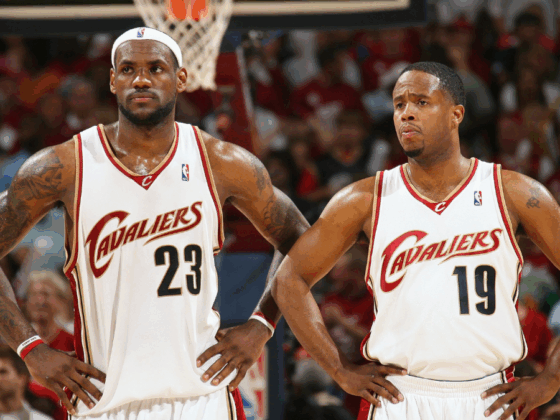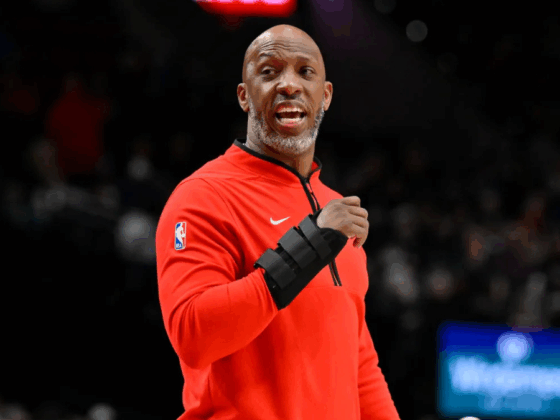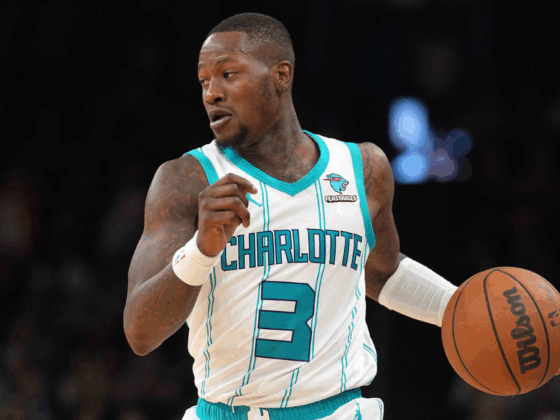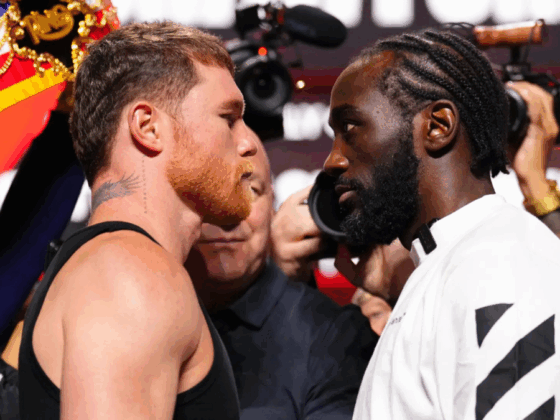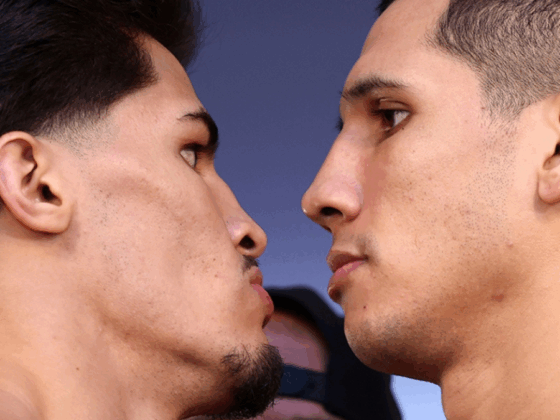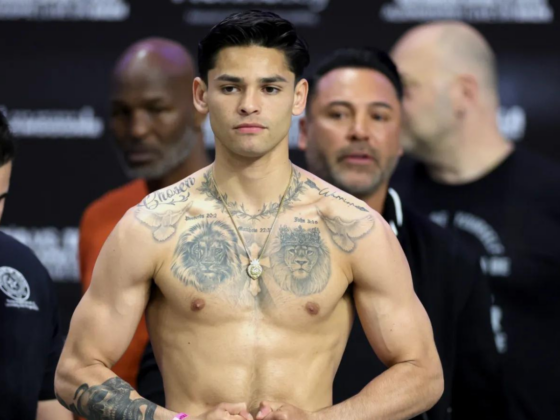
One of the best ways to track a team’s roster-building strategy is through the NBA Draft. Each and every year, a team is rewarded with two picks in the draft. Depending on its current state, a team can either hold onto them, deal them prior to the draft or deal them during the draft.
How picks are valued by different organizations has been a hot topic in recent years, as tanking has almost become a year-round discussion.
The teams lacking the superstar talent necessary to win a championship value draft picks more than anything. Until that superstar talent is acquired, teams will do their best to earn the highest draft pick possible.
The NBA draft is not just for the bottom-dwellers, however. Winning teams are not only made by the draft but also maintained by the draft. Either by trading picks for win-now talent or drafting for cheap production, the best teams don’t overlook the draft.
When teams fall in love with a current NBA player or college prospect or feel they can find better value by trading down, NBA draft-day deals happen. To gauge how draft-day trades are still affecting the league today, I will be looking at a few deals that occurred within the past 10 seasons and showcasing how much one deal can change a franchise—for better or worse.
2011: San Antonio trades George Hill to Indiana for Kawhi Leonard (No. 15 pick), second-round pick (Davis Bertans)
This is what I call a win-really-freaking-win. Looking for a lead guard for the long term, the Pacers coveted Indiana native George Hill. San Antonio loved Hill as well, as noted here in this 2013 Grantland piece by Zach Lowe.
But the Spurs wanted a certain someone more, and would only make the deal if he was there. At pick 15, that guy was there, so Indiana made the selection of Kawhi Leonard and happily shipped him to San Antonio in exchange for Hill.
Hill was good for Indiana for five seasons, helping the team to an East-leading 56-win season and two Eastern Conference Finals appearances.
The Spurs, as we know, got the better end of the deal. They did something Indiana never could: beat LeBron James. Their prize was the 2014 NBA championship trophy.
New ramifications of this deal may come about this summer. Indiana’s end of the deal has a nice bow tied around it; they traded Hill for Jeff Teague, whom they let walk in free agency last summer.
The Spurs, however, may be losing Leonard—there are reports that he wants out.
History will never change, though. San Antonio won a championship from this deal, and maybe the return they get from Leonard will set them up to chase another one.
2013: Philadelphia trades Jrue Holiday to New Orleans for Nerlens Noel (No. 6 pick), 2014 first-round pick (Dario Saric)
Otherwise known as: The Process Starter. Without this deal, the current day Joel Embiid and Ben Simmons Philadelphia Sixers may not exist. Holiday was coming off one of his best seasons ever, putting up 17.7 points, 8.0 assists, 4.2 rebounds and 1.6 steals per game on .431/.368/.752 shooting splits. Holiday was an All-Star that season, and the Sixers ended the year with 34 wins.
That wasn’t good enough for Sam Hinkie and the Sixers. Or, bad enough, I should say. In his first big move as Philly’s lead decision-maker, Hinkie sent Holiday to New Orleans in exchange for the sixth overall pick and a top-five protected 2014 first-round pick.
With the pick, Philadelphia took athletic big man Nerlens Noel from Kentucky.
Noel was another big key in The Process. Missing his rookie season allowed the Sixers to have another bad season, setting them up to draft Joel Embiid third overall in 2014. And with the other pick acquired in the deal, Philly was able to come away with Dario Saric (more on that later).
An injury did lead to that specific pick, but Noel’s averageness—along with Embiid’s injuries—helped lead Philly to draft Ben Simmons No. 1 overall in 2016.
New Orleans came out all right, too. Holiday is still on the team and really good—coming off a 19-point, six-assist, 4.5-rebound, 1.5-steal season. The Pelicans may not have the championship ceiling of Philadelphia, but they still have a solid playoff team.
2014: Philadelphia trades Elfrid Payton (No. 10 pick) to Orlando for Dario Saric (No. 12 pick), rights to own 2017 first-round pick (Markelle Fultz), second-round pick (Richaun Holmes)
After the Holiday-Noel deal the year prior, Philly had New Orleans’ first-round pick—10th overall in 2014. Knowing Orlando wanted point guard Elfrid Payton, Sam Hinkie knew he could trade back with Orlando and get his desired target in Saric and pick up another asset.
This deal is still fairly young; it’s hard to judge a trade until at least five years after it happened. It is clear Philly won, though. If Payton was the dynamic two-way guard Orlando traded for, this may be a different story. But in reality, Philly got a starting-quality four in Saric, and the Magic traded Payton to Phoenix for a second-round pick.
With Philly’s right to swap picks with Sacramento earned in another trade, the Sixers ended up with the No. 3 overall pick in 2017 after reacquiring their first from Orlando. They then paired that pick with a 2019 Kings first-rounder and sent it to Boston for the No. 1 pick—which ended up being Markelle Fultz.
There was a lot of negative attention surrounding Fultz in his rookie season, but he still has a lot of upside moving forward. At the end of the day, he will probably do more for Philly than Payton did for Orlando.
***
Trades are supposed to be fair, and they do sometimes work out that way. But as displayed in the three trades we examined, one team oftentimes ends up as the far-and-away winner.
NBA draft-day trades will likely happen again this year. What teams give up will show what teams do and don’t value highly, depending on whether it is a trade-up or trade-down.
There will be winners and there will be losers. Deals made on Thursday could make a championship contender, fuel the next super team, or set a franchise back years. This is where general managers show us their cards.
